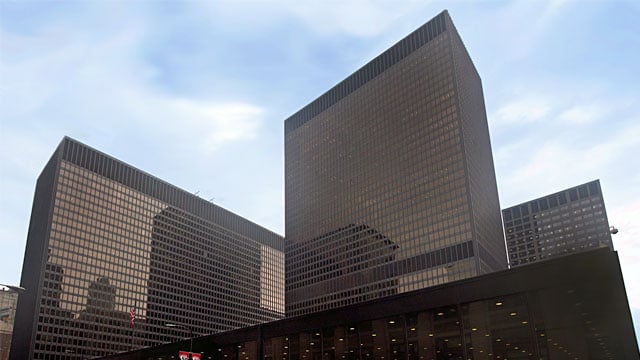

Traditionally, U.S. government buildings have relied heavily on neoclassical aesthetics; consider the influence of Roman and Greek temples on courthouses nationwide.
That approach began to change in the middle of the 20th century, and nowhere more so than in Chicago, where American originality in architecture has been both appreciated and debated since the 1880s. The Chicago Federal Center makes clear that government structures don’t have to have neoclassical columns to wield an authoritative place in the built environment.
Federal Center architect Ludwig Mies van der Rohe said that “less is more,” but he also said that “God is in the details” — and both premises are evident in his presentation of the three stark, black buildings of the Federal Center, elegantly organized around a series of public plazas.
Also consider the relationship of the proto-modern Reliance Building to the Federal Center: an early appreciation for the glass façade, coming to its full modernist fruition just a few blocks away.

